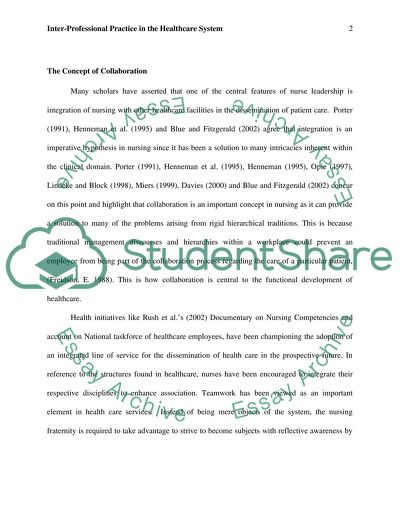Cite this document
(“Inter-Professional Practice in Heath Care Essay”, n.d.)
Inter-Professional Practice in Heath Care Essay. Retrieved from https://studentshare.org/health-sciences-medicine/1532866-inter-professional-practice-in-heath-care
Inter-Professional Practice in Heath Care Essay. Retrieved from https://studentshare.org/health-sciences-medicine/1532866-inter-professional-practice-in-heath-care
(Inter-Professional Practice in Heath Care Essay)
Inter-Professional Practice in Heath Care Essay. https://studentshare.org/health-sciences-medicine/1532866-inter-professional-practice-in-heath-care.
Inter-Professional Practice in Heath Care Essay. https://studentshare.org/health-sciences-medicine/1532866-inter-professional-practice-in-heath-care.
“Inter-Professional Practice in Heath Care Essay”, n.d. https://studentshare.org/health-sciences-medicine/1532866-inter-professional-practice-in-heath-care.


